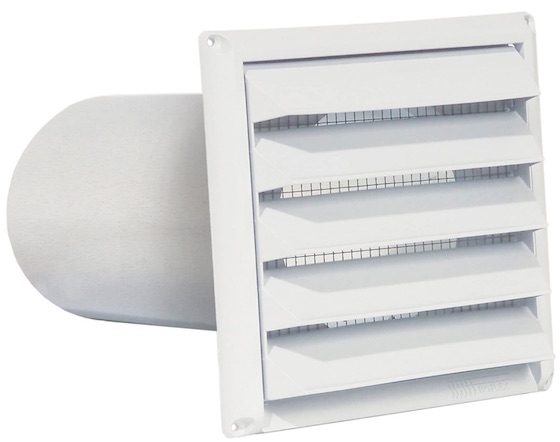Shop vacs can be used to clean up messes, soak up water, clean out the car and for rough construction projects if you are creating a lot of saw dust. If you are the one guy in the neighborhood that has to have the fanciest model, check this one out.
Instead of the standard on/off switch, this one has a four position switch. It has the standard on switch, plus a secondary on switch. This one powers a receptacle that is hooked to another tool that might be the source of the dust. This ensures that both the power tool and the vac are turned on at the same time.
The third switch position is for a self-cleaning mechanism for the filters. That is pretty incredible.
How many times have you been pulling vac around by its hose and it has come disconnected? This model has a twist lock suction hose. You can pull it around and it will not come disconnected from the hose.
This particular shop-vac comes with all the attachments - crevice tool, different wands, and even a squeegee tool. Everything you need to clean up that mess in style.
